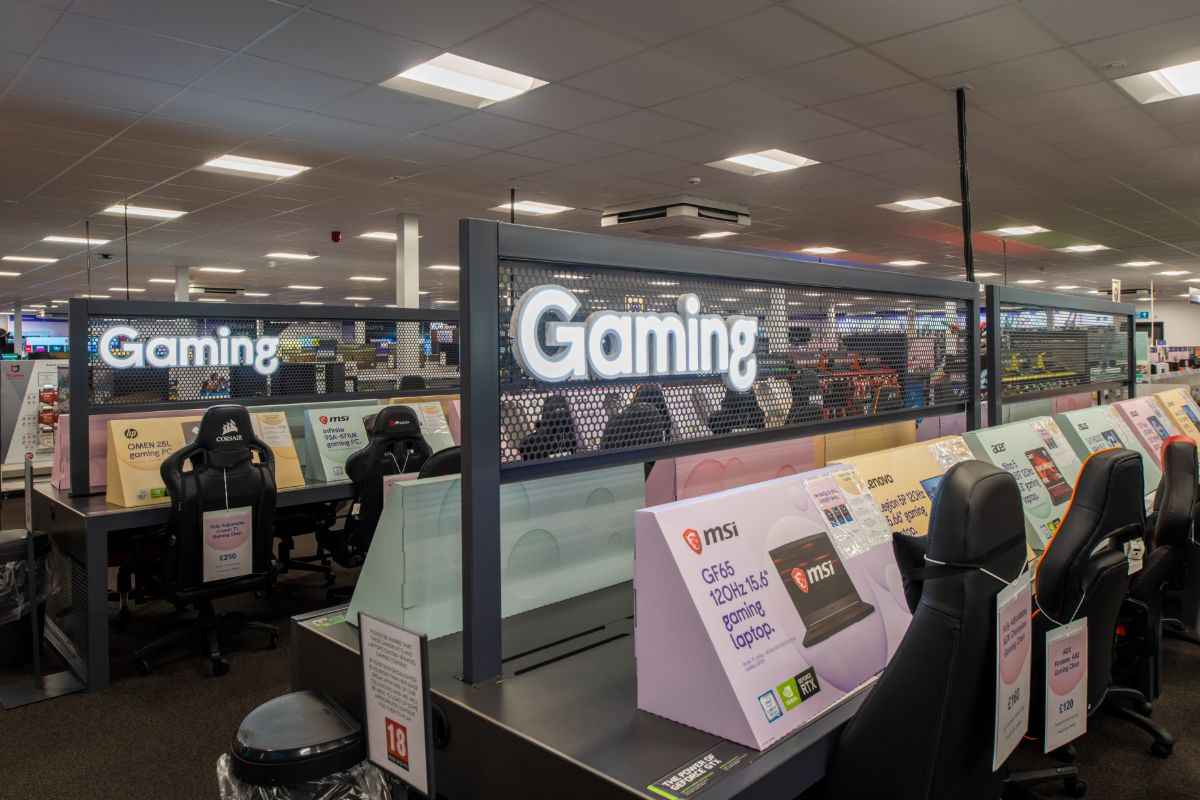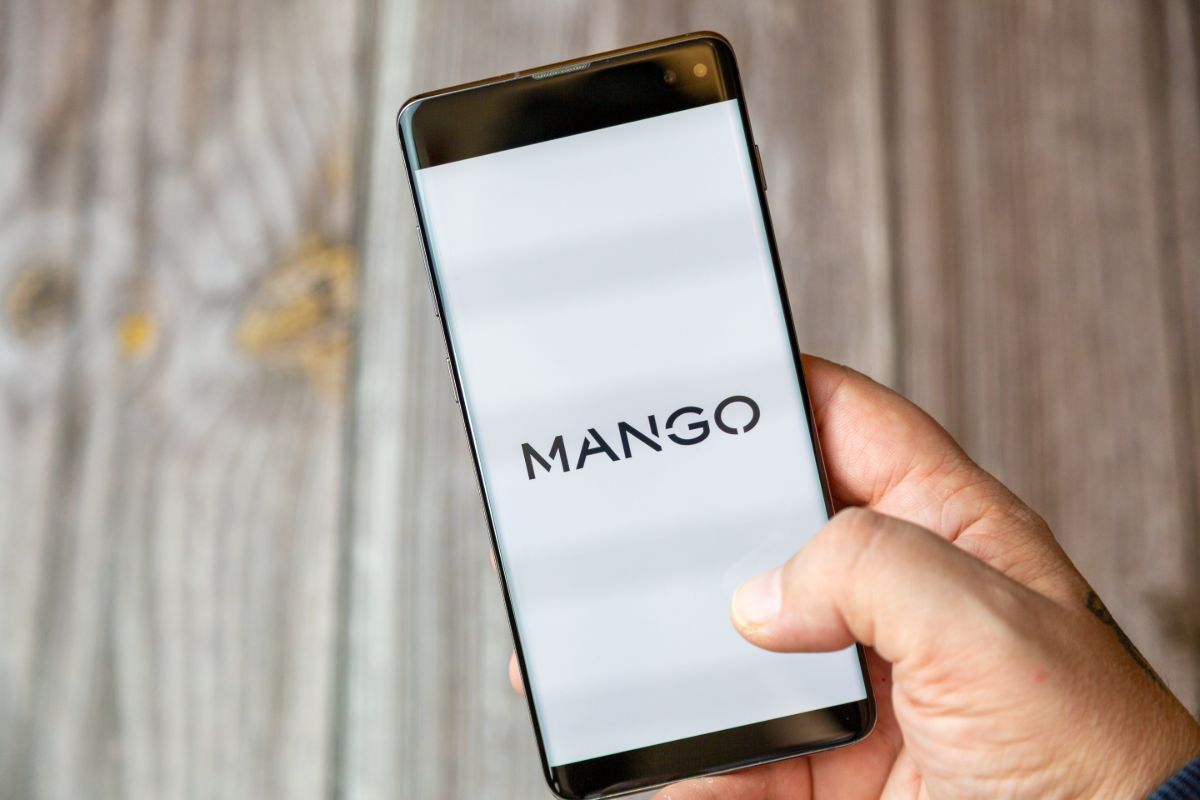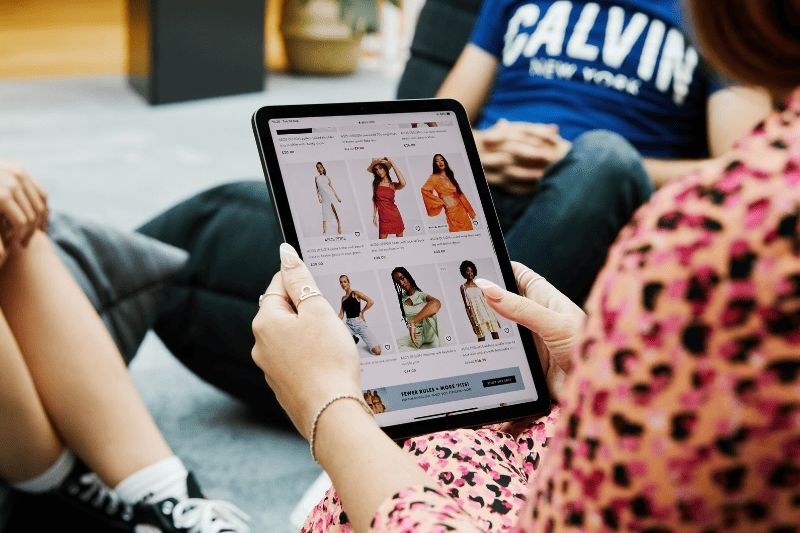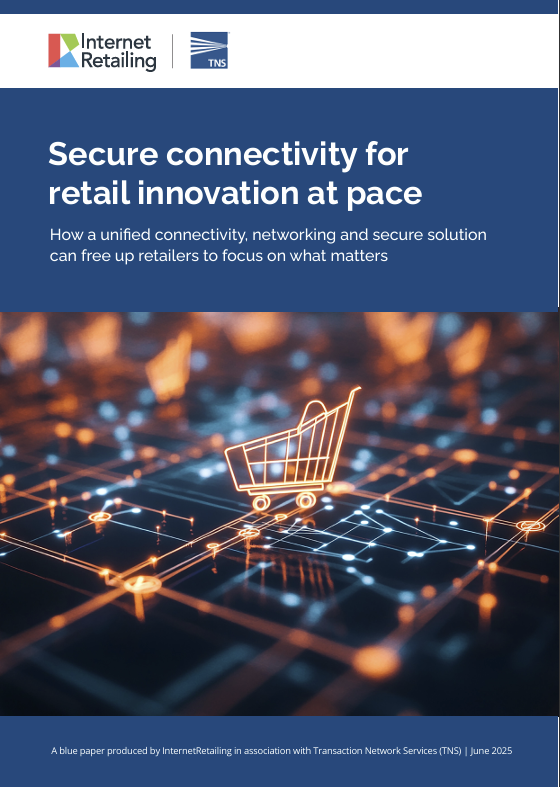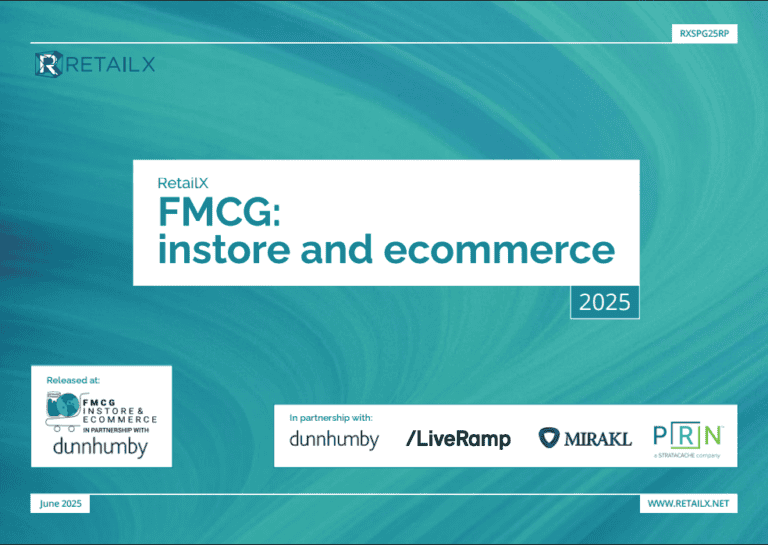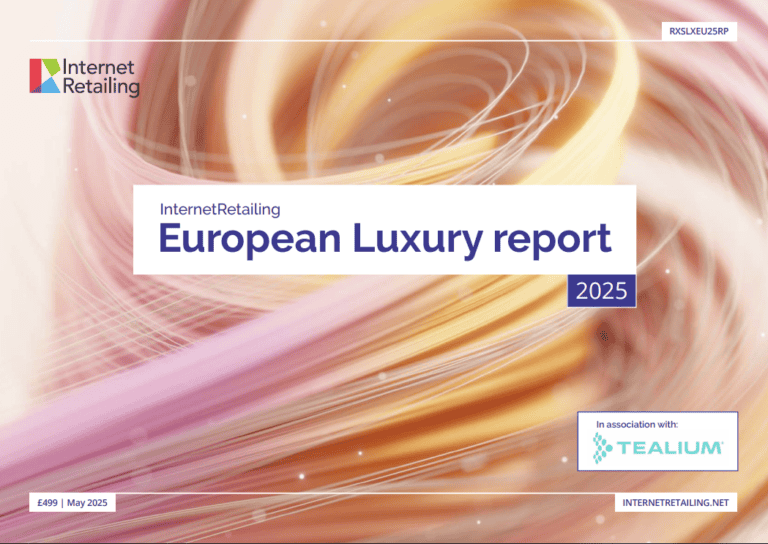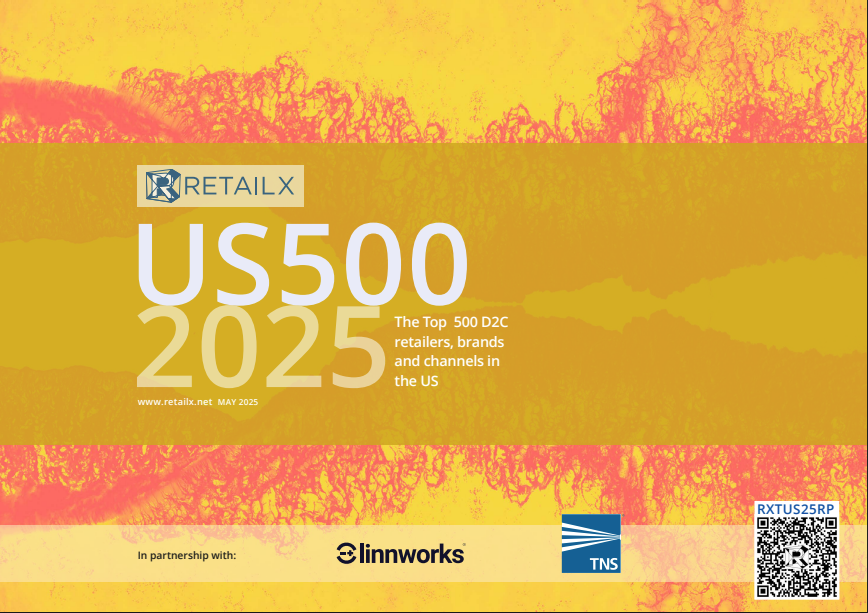The release at the start of this week of Barclays’ latest iteration of its PingIt payment app to allow users to buy by scanning QR codes on adverts, billboards or anything on which a QR can be printed is a big deal in the world of mobile payments – and could well herald the final arrival of m-payments as a mainstream technology.
The fact that the news breaks a week before Google launched its mobile wallet, is also significant. It shows how big brands are preparing to do battle over who owns the mobile payments space. And it is interesting that the first to stake a claim is Barclays. Barclays is, as you may be aware, a bank. Weren’t banks meant to be shut out of the race for mobile payments?
While Google wallet is interesting, the Barclays BuyIt launch is, to my mind at least, far more significant and is likely to have much deeper ramifications for the retail industry.
Why is it so significant? Well, firstly, it elevates the until-now peer-to-peer payment service that is PingIt to a whole new arena – one where merchants can start to take full advantage of the service.
Secondly, it turns static advertising into a direct sales channel, delivering something new and exciting around payments (I know, sounds oxymoronic, but its true!) that could well act as catnip to the evermore tech savvy consumer.
The play is also a very clever one for Barclays. It already has tens of thousands of merchant accounts, but by offering a service that lets consumers scan a code on an ad and buy something in six clicks (five of which are the users passcode), many retailers are likely to look seriously at becoming Barclays customers.
Similarly, many consumers who see PingIt BuyIt in action will also consider the merits of getting an account with the bank to make payments seamless, quick and easy. Non-Barclays clients can use PingIt, they just have to top it up like a wallet. If you are a Barclays customer the app essentially links your bank account to your phone number and, boom, you can do mobile payments.
While many have derided the idea of using QR codes as an activation mechanism, it is a smart move. It is simple, extremely cheap to produce on anything that can be printed on and something that consumers already know and trust.
Taken together, all this marks out PingIt BuyIt as one of the landmark services in mobile payments and, potentially, something that can reshape the retail, advertising and retail banking worlds in one fell swoop.
The hunger is there for payments technologies. The average spend on PingIt before this was launched was £70. People use this for all sorts of things, rather than just the beer money that its designers imagined. People want to pay by mobile – it was just waiting for someone to come up with the mechanism that is simple, easy and works. To my mind, it looks to me like Barclays may well have cracked it.
